
We can anticipate a better future if we entrust the potential, imagination and enthusiasm of youth. The American magazine “TIME” chose a teenage scientist and inventor as the “Kid of the Year”, who hopes to inspire others to come up with ideas for solving global problems.
15-year-old Gitanjali Rao, from Denver, Colorado, was selected by a team of 5,000 candidates in the United States. She has invented technologies including a device that can detect lead in the drinking water for which she was awarded, as well as an application that uses artificial intelligence to detect cyberbullying content.
In an interview with actress Angelina Jolie for TIME magazine, the 15-year-old said: I don’t look like your typical scientist. Everything I see on TV is that it’s an older, usually white man as a scientist”. She continued by stating “My goal has really shifted not only from creating my own devices to solve the world’s problems, but inspiring others to do the same as well. Because from personal experience, it’s not easy when you don’t see anyone else like you. So, I really want to put out that message: If I can do it, you can do it, and anyone can do it”.
The young scientist also referred to the problems, old and new, faced by her generation. “We’re sitting here in the middle of a new global pandemic, and we’re also like still facing human-rights issues. There are problems that we did not create but that we now have to solve, like climate change and cyberbullying”.
There you go, kids! It’s your turn now. In youth we trust…
Sources:
https://www.ert.gr/eidiseis/diethni/to-periodiko-time-epilegei-to-paidi-tis-chronias/

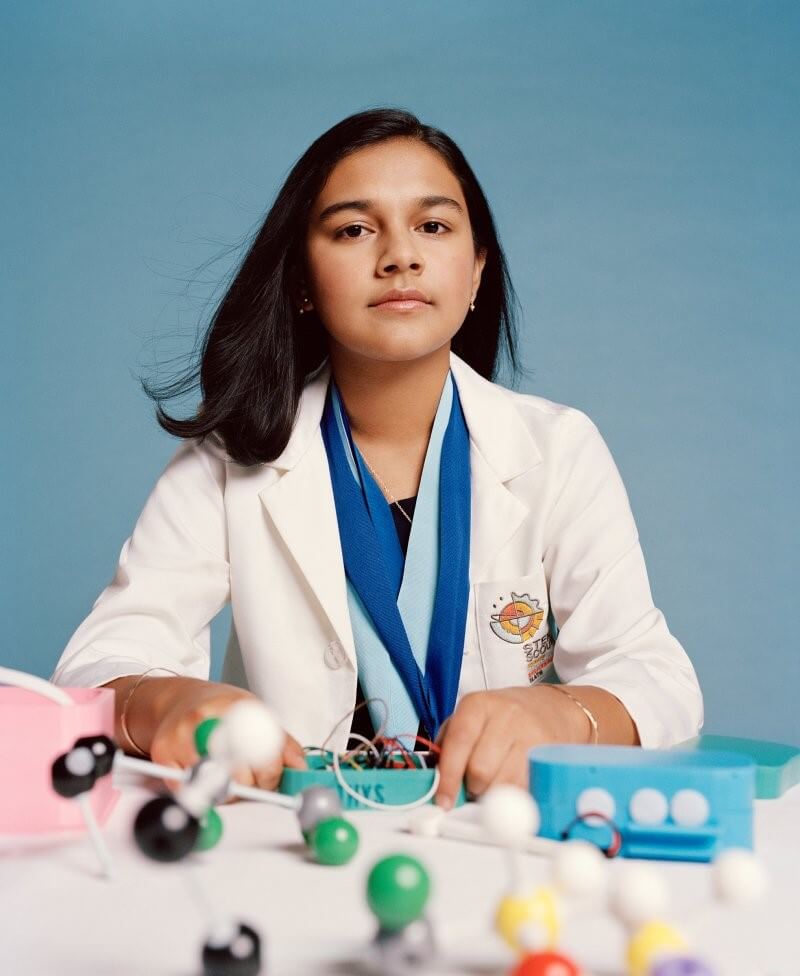



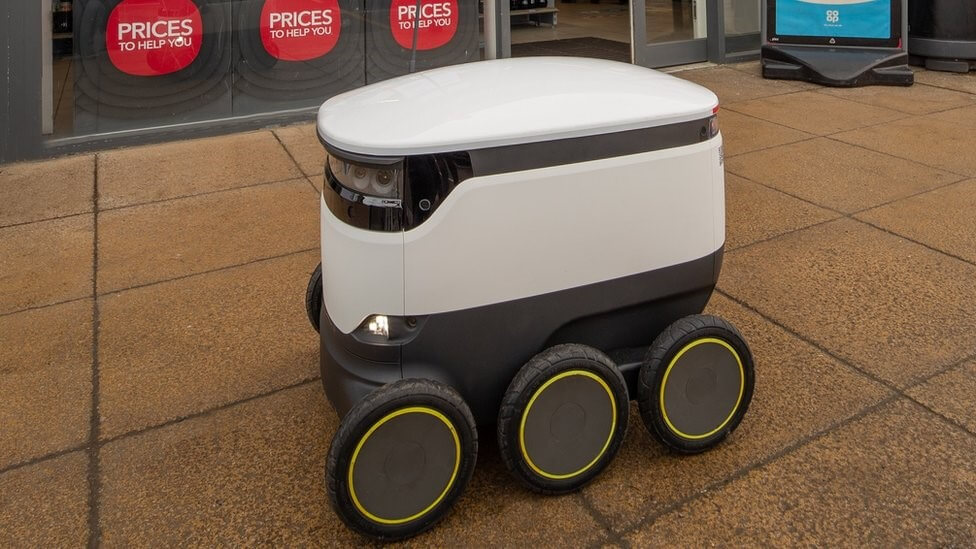

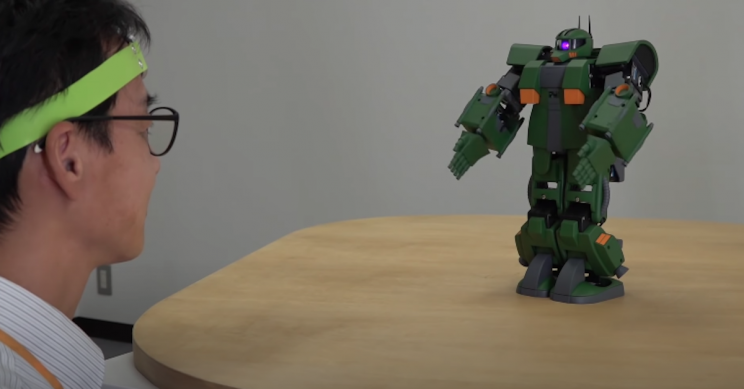
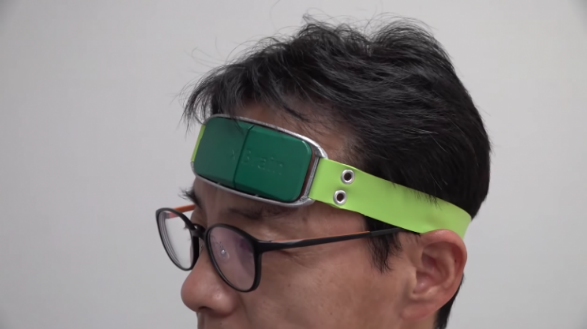

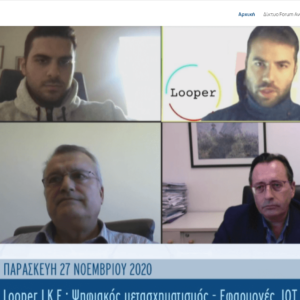
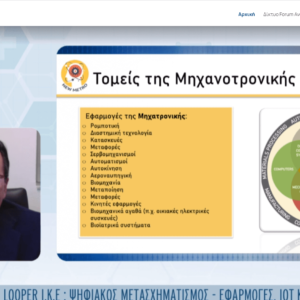
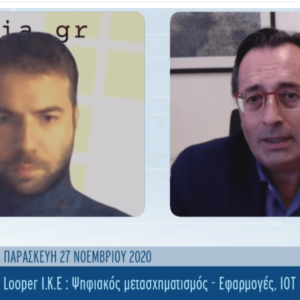
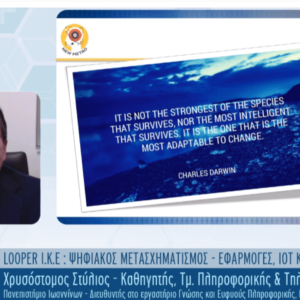

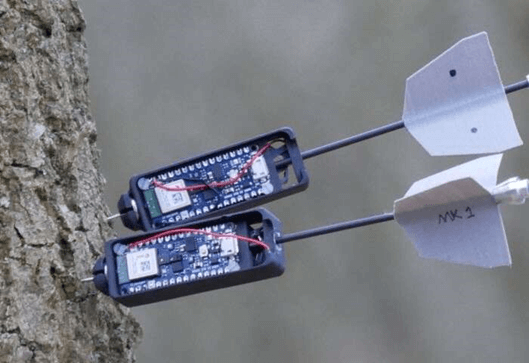

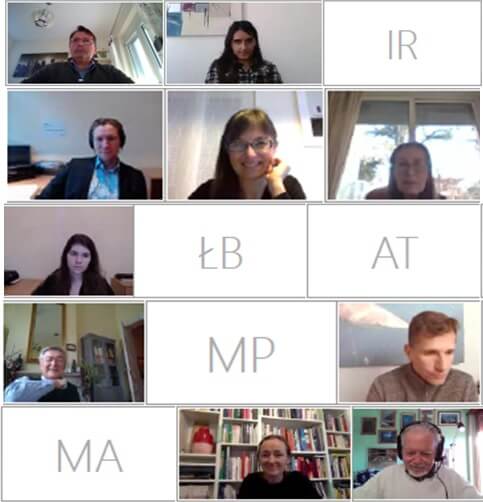

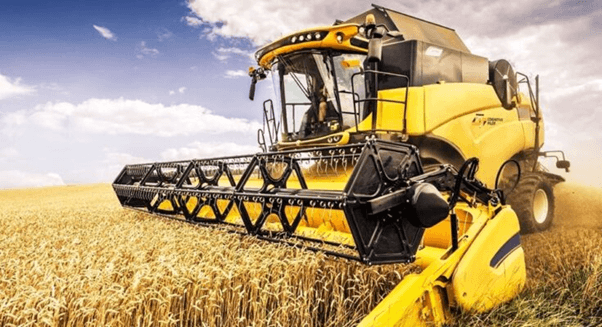
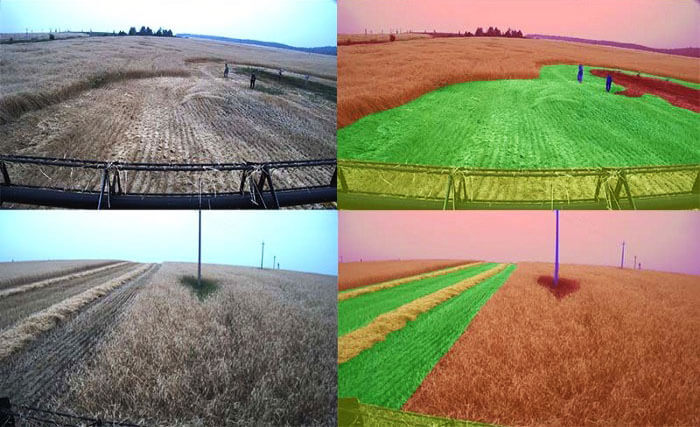

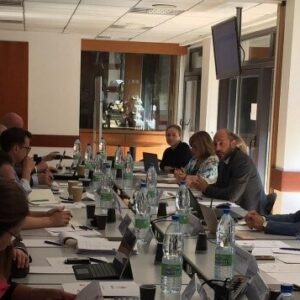 clearly demonstrates that, over the last few years, interest in mechatronics has been reinvigorated due to the advances in sensing, communication, and computing.
clearly demonstrates that, over the last few years, interest in mechatronics has been reinvigorated due to the advances in sensing, communication, and computing.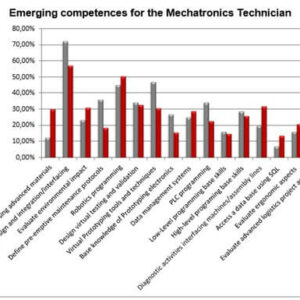 and students’ point of view, the priority competencies that a technician in mechatronic should have to comply with the production system of the future are:
and students’ point of view, the priority competencies that a technician in mechatronic should have to comply with the production system of the future are: tried to compare and classify the different priorities of the Partner Countries regarding some statements about mechatronics discipline.
tried to compare and classify the different priorities of the Partner Countries regarding some statements about mechatronics discipline.
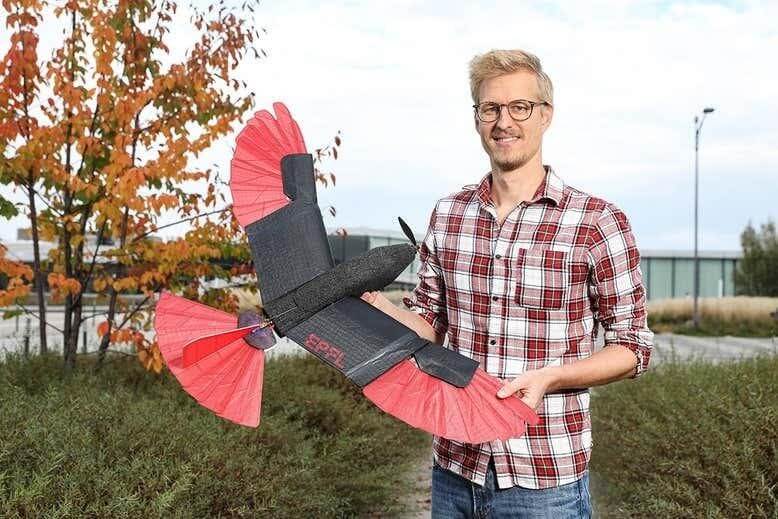

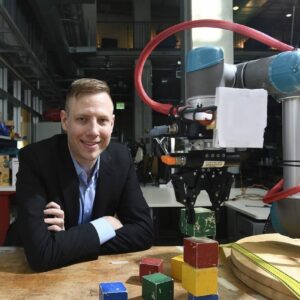 The first thing coming to our mind when talking about positive reinforcement is maybe dogs. Pavlov with his experiment with his homonymous dogs was o pioneer of behavioural psychology. Something more than a century later from Pavlov’s experiments Johns, Hopkins University computer scientists showed a robot how to teach itself several new tricks, including stacking blocks by using the method of positive reinforcement, an approach familiar to anyone who has used treats to change a dog’s behaviour. With this method, the robot, named Spot, was able to learn in days what typically takes a month.
The first thing coming to our mind when talking about positive reinforcement is maybe dogs. Pavlov with his experiment with his homonymous dogs was o pioneer of behavioural psychology. Something more than a century later from Pavlov’s experiments Johns, Hopkins University computer scientists showed a robot how to teach itself several new tricks, including stacking blocks by using the method of positive reinforcement, an approach familiar to anyone who has used treats to change a dog’s behaviour. With this method, the robot, named Spot, was able to learn in days what typically takes a month.